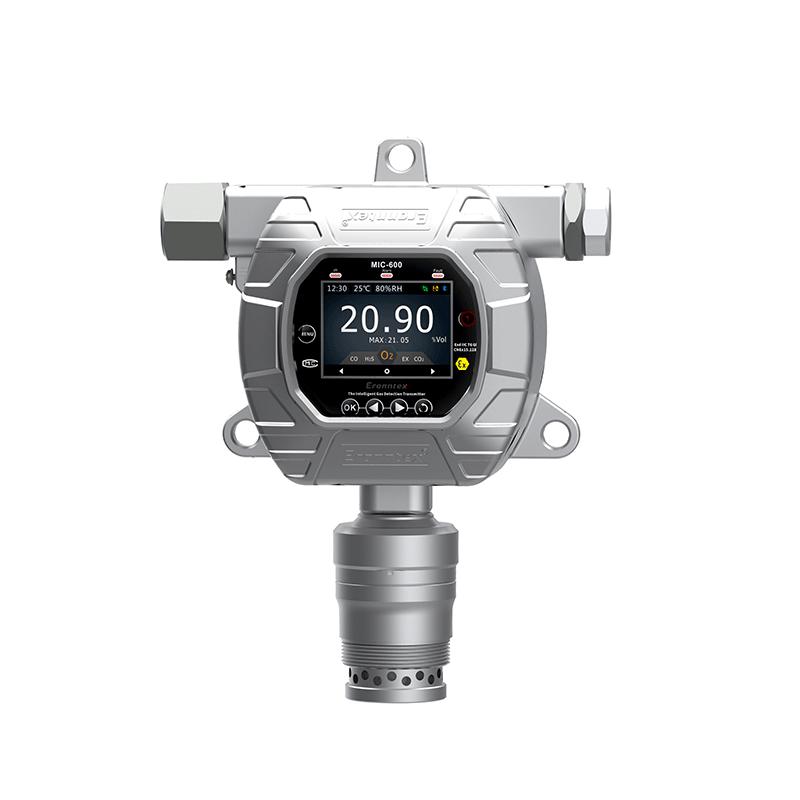- English
- Español
- Português
- русский
- Français
- 日本語
- Deutsch
- tiếng Việt
- Italiano
- Nederlands
- ภาษาไทย
- Polski
- 한국어
- Svenska
- magyar
- Malay
- বাংলা ভাষার
- Dansk
- Suomi
- हिन्दी
- Pilipino
- Türkçe
- Gaeilge
- العربية
- Indonesia
- Norsk
- تمل
- český
- ελληνικά
- український
- Javanese
- فارسی
- தமிழ்
- తెలుగు
- नेपाली
- Burmese
- български
- ລາວ
- Latine
- Қазақша
- Euskal
- Azərbaycan
- Slovenský jazyk
- Македонски
- Lietuvos
- Eesti Keel
- Română
- Slovenski
- मराठी
- Srpski језик
Does Ambient Temperature Affect Combustible Gas Detectors?
2025-09-23
In industrial production and daily life, combustible gas detectors are crucial safety devices. Ambient temperature, a common interference factor, has a significant impact on their detection performance. So, what are the specific effects on combustible gas detectors? Let's take a look with our editors from Zetron Technology.

Temperature significantly affects the sensor, the core component of a combustible gas detector.
Take catalytic combustion sensors, for example. They operate by generating a current signal from the combustion reaction of combustible gas under the action of a catalyst. When the ambient temperature is too low, the catalyst's activity decreases, slowing the gas oxidation reaction rate. This reduces sensor sensitivity and may prevent the sensor from detecting low concentrations of combustible gas in a timely manner, resulting in false positives. High temperatures, on the other hand, can cause excessive chemical reactions within the sensor, causing not only drift in detection data but also accelerated catalyst deterioration and shortening the sensor's lifespan.
For electrochemical sensors, temperature changes affect the activity of the electrolyte. Low temperatures can increase electrolyte viscosity, slow ion migration, and prolong sensor response time. High temperatures can cause the electrolyte to evaporate, damaging the sensor's internal structure and directly affecting the detection accuracy of the combustible gas detector. Ambient temperature can also indirectly affect combustible gas detector results by altering the physical properties of gases.
Gas density changes with temperature. The diffusion rate and distribution of the same combustible gas concentration vary at different temperatures. For example, in high-temperature environments, gas diffusion accelerates, potentially causing the detector to receive excessively high gas concentration signals in a short period of time, triggering a false alarm. Conversely, in low-temperature environments, gas diffusion slows, potentially preventing the detector from detecting leaks in a timely manner.
Furthermore, excessive temperature fluctuations can affect the circuitry of combustible gas detectors. Electronic components within these circuits are sensitive to temperature. Sudden temperature rises or falls can cause component parameters to change, affecting the stability of signal processing and transmission, and consequently reducing the accuracy of detection data.
To address the impact of temperature on combustible gas detectors, the editors of Zetron Technology have summarized some targeted measures:
1. Select an appropriate detector based on the ambient temperature range of the environment in which it will be used, ensuring that it functions properly under specific temperature conditions.
2. Regularly calibrate the detector, especially in seasons or environments with significant temperature fluctuations, to correct for errors caused by temperature fluctuations. 3. Take necessary temperature control measures, such as installing a heat sink for the detector in high-temperature environments and implementing insulation measures in low-temperature environments, to maintain a stable operating temperature.
In short, ambient temperature is a significant factor affecting the performance of combustible gas detectors. Only by fully understanding its impact and taking effective countermeasures can we ensure that the detectors always maintain optimal working conditions and provide reliable protection for safe production and daily life.







